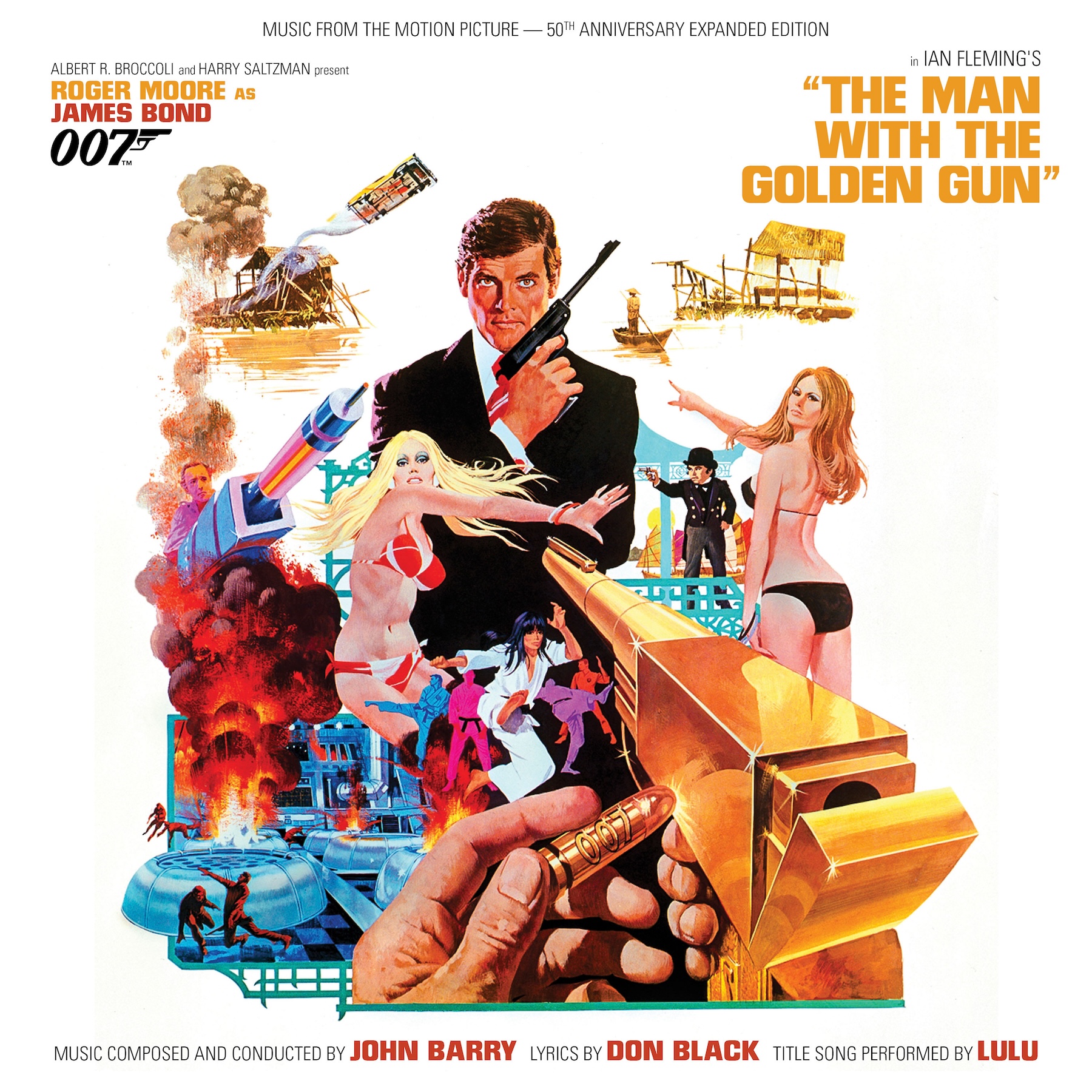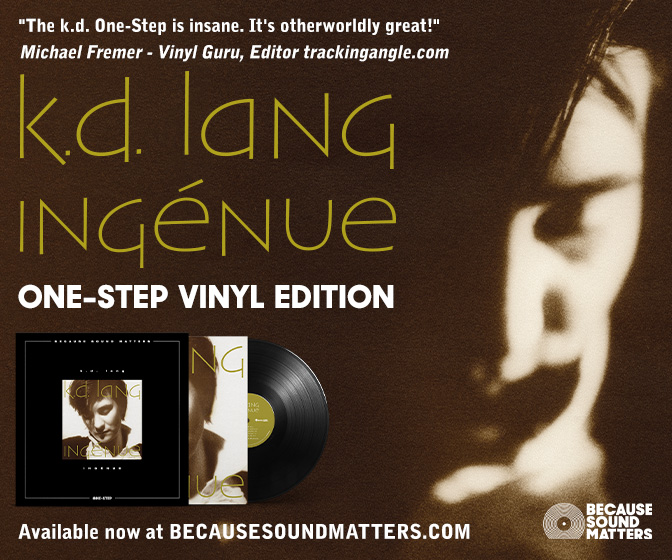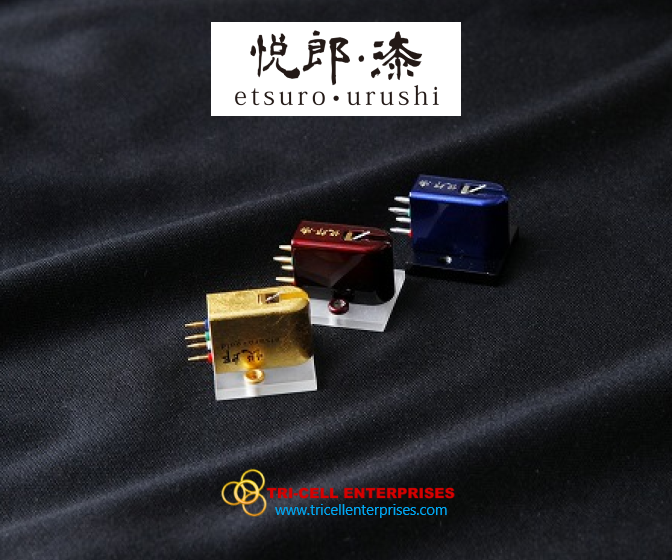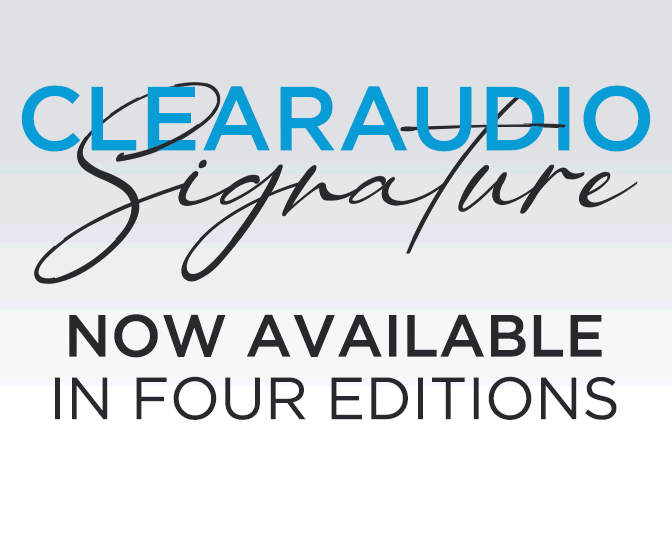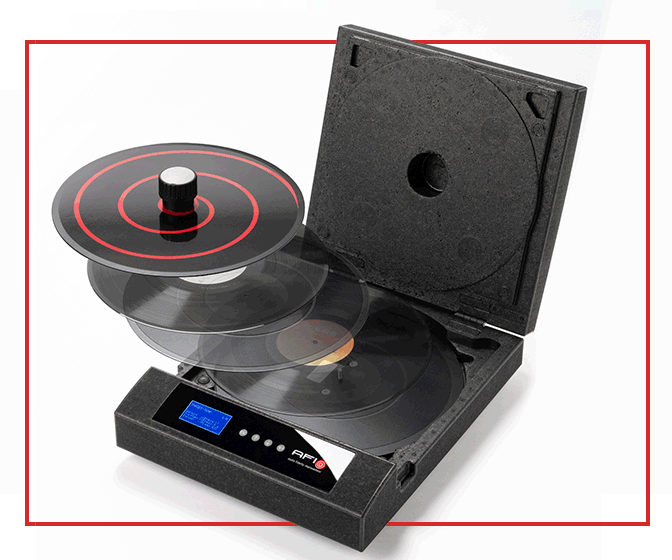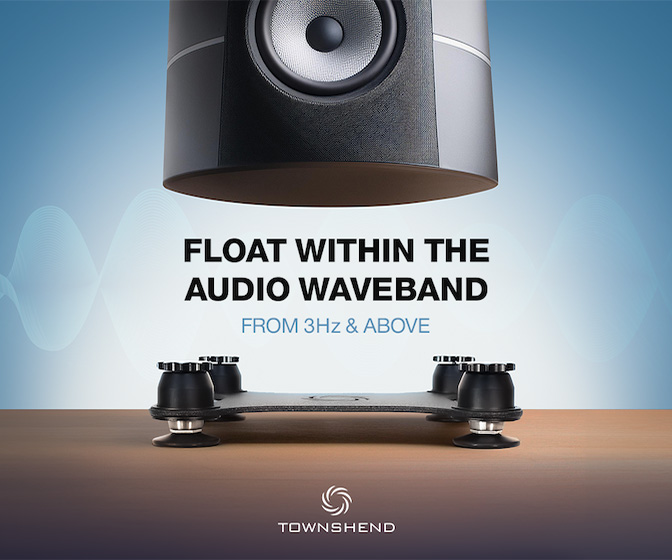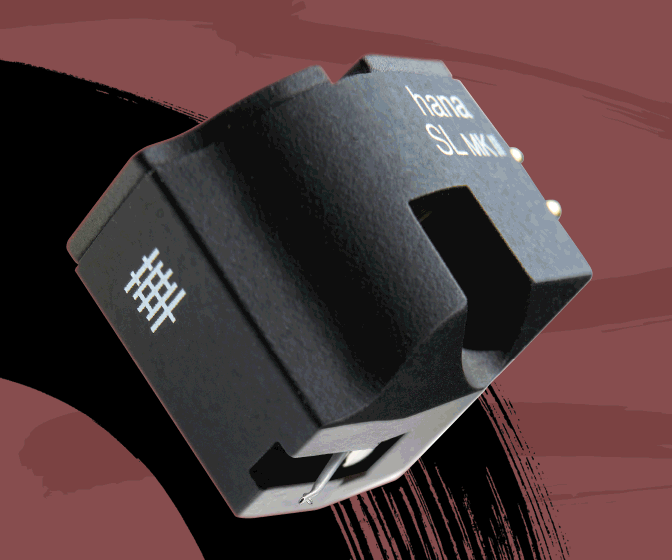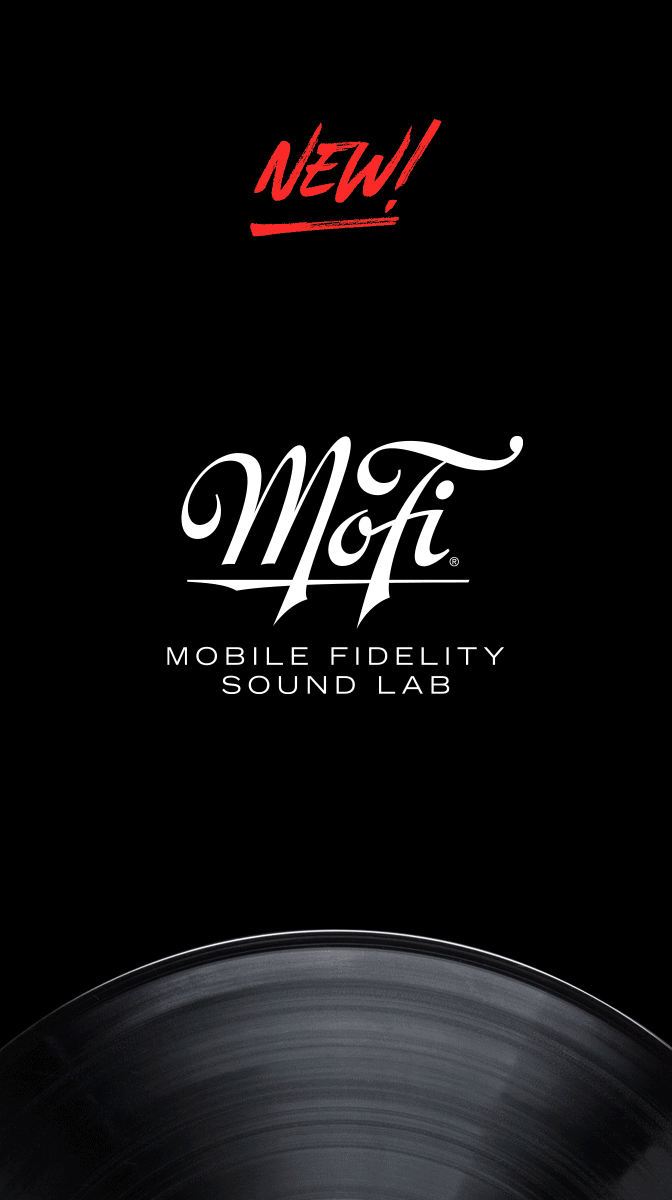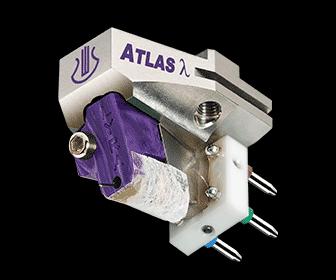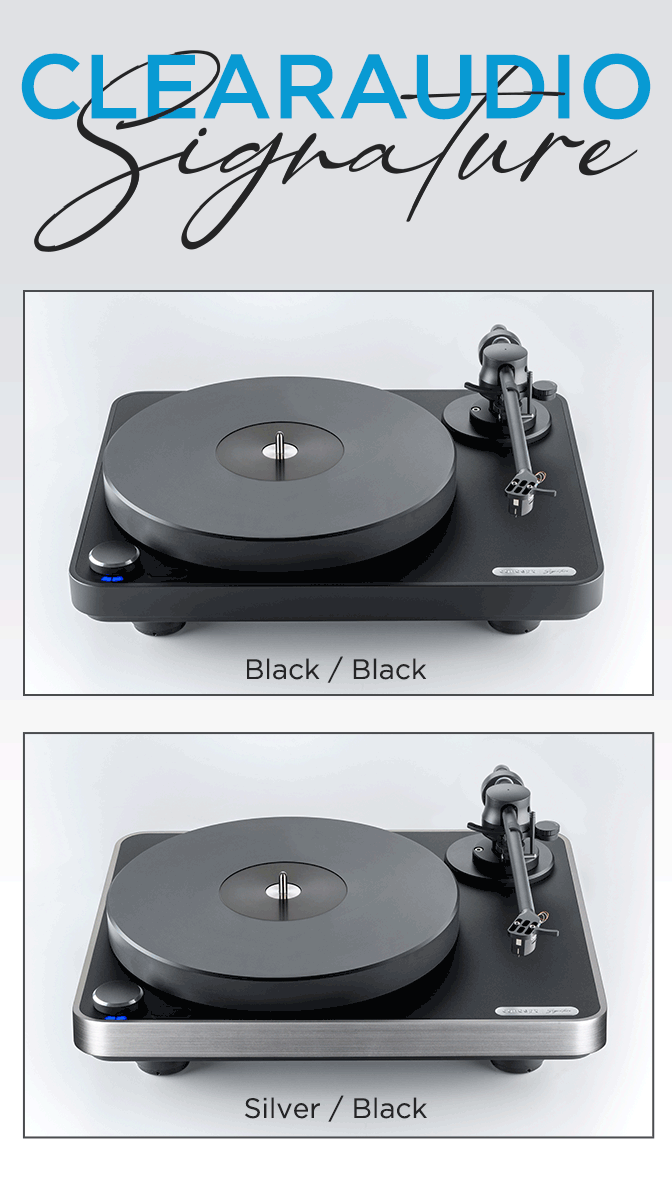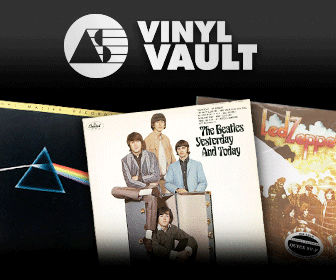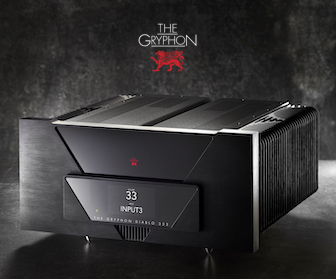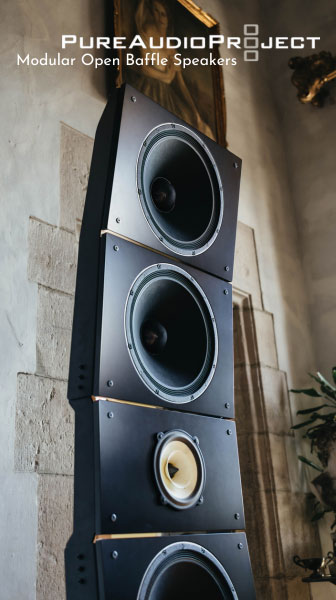John Barry Returns to Bond - and Spins Musical Gold
A Lesser-Known Bond Score gets Golden Treatment from La-La Land Records
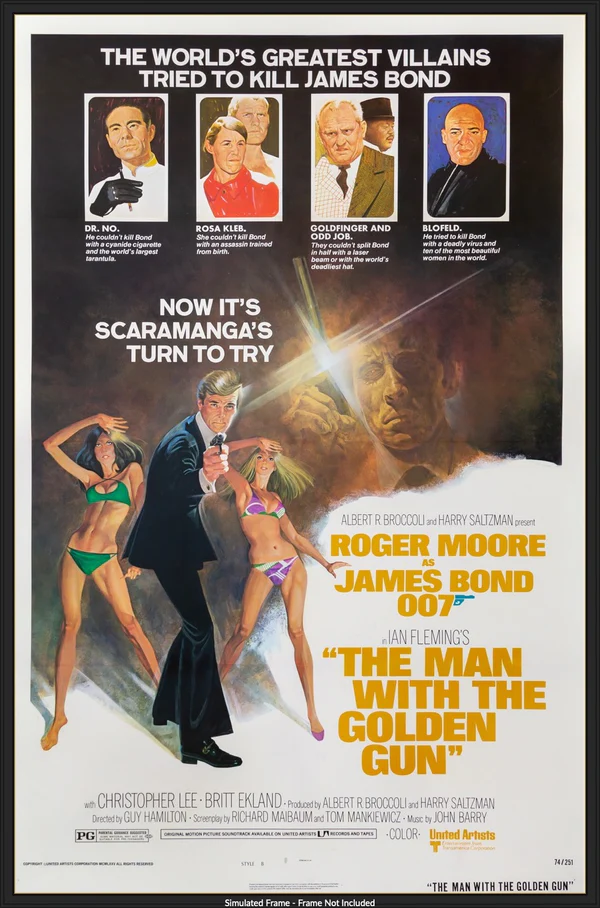 Original 1974 Poster
Original 1974 Poster
In 1974, the prospect of Dracula going up against James Bond was an enticing one.
No, I’m not talking about some weird exploitation C-movie rip-off of 007, but rather The Man with the Golden Gun, in which Christopher Lee - best known for his revitalization of Bram Stoker’s blood-sucking Count in the successful series of Hammer films - was cast as the deadly assassin Francisco Scaramanga, he of the Golden Gun (and of “a superfluous papilla… a third nipple” as Bond informs M with a raised eyebrow).
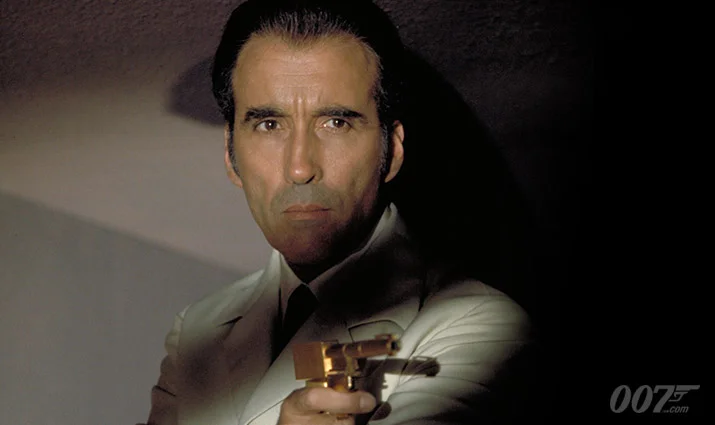 Christopher Lee as Francisco Scaramanga
Christopher Lee as Francisco Scaramanga
In 1973’s Live and Let Die, Roger Moore had successfully taken up the mantle of 007 from Sean Connery, albeit with a lighter tone and more often applied wit, a more overtly British Public School alumnus than Connery’s street-wise and sly lethal weapon. Guy Hamilton, who had debuted as director in Goldfinger (which La-La Land also recently reissued), and who had arguably established THE definitive Bond formula with that film, had returned for Diamonds are Forever (1971) (with Connery also returning for a $1 million payday, the first of its kind), and also Live and Let Die. In both films Hamilton had tilted more towards the lighter side of Bond, with stunts and gadgets gaining ever increasing dominance. The films were box office hits, but hardcore fans became increasingly wary of the direction the franchise was taking.
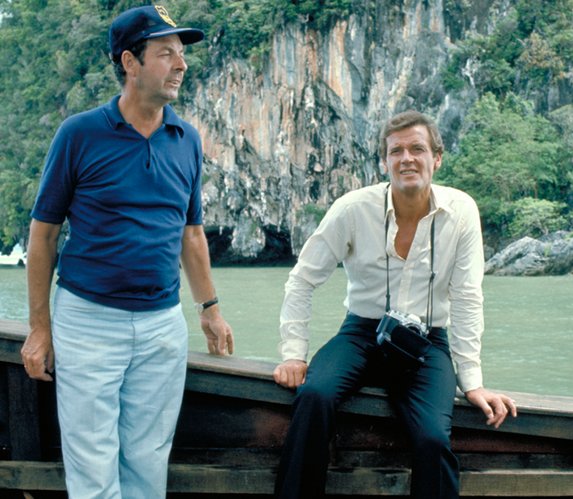 Director Guy Hamilton (l.) with Roger Moore on location
Director Guy Hamilton (l.) with Roger Moore on location
While Christopher Lee channels his cool, suave persona as Scaramanga, and turns deadly at all the right moments, there remains a lingering feeling that this is not the most intimidating of Bond’s many nemeses. This feeling remained even when I recently rewatched the film for this review. But I think a big part of the problem also lies in the overall messiness of the scenario, with an underused, ditzy Bond girl in the shape of Britt Ekland as the inept agent Mary Goodnight (frequently outshone by the cool, sultry but doomed girlfriend of Scaramanga played by Maud Adams) and extraneous plot elements (like the Solex laser beam-cum-energy-source device) to accommodate spectacle and gadgets. Add to that almost irrelevant chases created, it seems, merely to accommodate the return of the comically stereotypical Lousiana Sheriff J.W. Pepper (Clifton James) who ran afoul of Bond in Live and Let Die; a nod to then trendy Kung Fu; a flying car and also an airborne corkscrewing car (more on this later), and you end up with a film that, while entertaining in parts, was somewhat underwhelming upon its release, and hasn’t weathered the years too well since then. It's a pleasurable enough view, but remains near the bottom of the heap for most Bond fans.
However, for John Barry fans there was much to rejoice about with the return of the echt Bond composer after the more poppy rock stylings of George Martin’s score for Live and Let Die.
Barry makes his presence known from the get-go with a re-scoring of the iconic “James Bond Theme”, with strings playing the melody instead of the guitar of Vic Flick, under the opening gun-barrel sequence.
“Roger played the whole character much lighter, and so we tried to lighten it up a bit,” Barry is quoted in Jon Burlingame’s essential book, The Music of James Bond. “It wasn’t a big switch, just a little thing in the orchestration. I think it worked better for Roger.”
This leads into “The Island” and “Scaramanga’s Fun House”, in which Barry’s mastery at setting the scene, creating dramatic tension and scoring action in unusual ways are to the fore. The sequence depicts a hired assassin who is lured to Scaramanga’s lair to try and kill him by Scaramanga’s lethal sidekick, Nick Nack (played deliciously by Herve Villechaize).
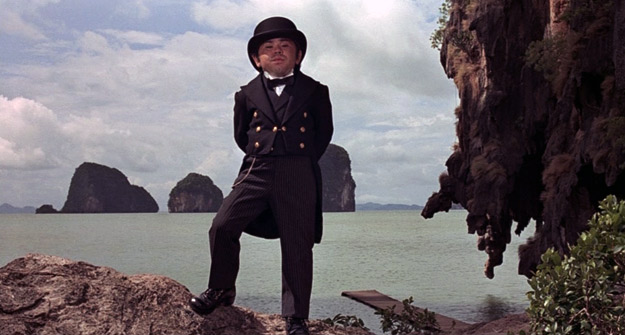 Nick Nack (Herve Villechaize)
Nick Nack (Herve Villechaize)
The assassin pursues his prey through a funhouse of mirrors (shades of Orson Welles's Lady from Shanghai), hidden passages, and recreations of a Western Saloon and a 1930s mob ambush, complete with lifesize Madame Tussaud's waxwork figures who “ambush” the would-be assassin, but actually fire blanks. Barry’s music ramps up the tension while indulging in musical pastiches of these colorful “traps”. In the end Scaramanga gets his man, and then swivels to fire at a waxwork Roger Moore. Cue main titles.

As with all the other La-La Land reissues of the Bond soundtrack canon, we get the score and its cues presented in chronological order, as well as the soundtrack album and extra tracks. I must say that in every case I have preferred listening to the scores in chronological order. You get a much better sense of how Barry builds his musical arguments, and it makes for a much more satisfying listen away from the film, even if some repetition is involved. In The Man with the Golden Gun these opening tracks draw you in immediately, and hearing the musical pastiches is simply too much fun. It all gets the film and the score off to a rollocking start.
But then we come to the title song, sung by then British pop sensation Lulu (who may be more familiar to Americans via her many appearances on the gloriously anarchic sitcom, Absolutely Fabulous). This has always been considered one of the lesser of the Bond songs, and Barry himself always felt it missed the mark - so to speak.
As Jon Burlingame relates in his book (and the detailed sleeve notes in the La-La Land release which present a condensed version of that text):
“I used to like to have time on the songs,” Barry said years later. “For many of the movies, I’d write two or or three until I got the one that felt right. [But on ‘Golden Gun’] there was no time. It was a crazy rush. I was never happy with it. I don’t think anybody was happy with it. I thought the score was good actually, but the song just didn’t happen.”
Lyricist Don Black, on this third Bond song, found himself stuck with another problematic title. “If I had a chance to do that again,” he said, “I would tuck the title away in the bridge somewhere and call it something else.” Again trying to write “provocative, sensual lyrics,” Black admitted years later, “they were a bit on the nose. ‘He has a powerful weapon,’ that got your attention straight away. It’s all just a delicious piece of nonsense, really - a piece of cartoon hokum, if you like… Black later conceded it was “too much about the man with the golden gun, you know, alluding to the male member. It’s too on the nose; you’ve got to have a certain subtlety with this stuff.”
Lulu already had an iconic film score presence with her American number #1 hit, “To Sir with Love”, from the 1967 Sidney Poitier film in which she also starred. An old friend of Don Black, Lulu jumped at the opportunity to join the ranks of so many legendary Bond vocalists.
 Lulu and Roger Moore
Lulu and Roger Moore
As Burlingame writes in his book:
Many years later, Lulu reflected: “I jumped at the chance because it meant working with John Barry, who was an incredible writer. I think, musically, I was miscast because it was not my kind of song. The song was more Shirley Bassey than me, but in terms of profile it was huge. My agent and manager nearly jumped out of their skin, but I did it because I wanted to work with him.”
On another occasion, she opined: “The only proper way to do a Bond theme was as a Shirley Bassey impression. They wanted that ‘he has a POW-ER-FUL WEA-pon!’ type of thing. That’s not normally how I sing. When I listen to it now, I think, God, it doesn’t even sound like me, or Shirley. It’s more like Ethel Merman.”
Alas, when it came to the session the singer was fighting a cold, and you can hear it in the effort and rawness evident in the vocal. Burlingame thinks that this works to the song’s advantage, and I am inclined to agree with him, but I must confess that for its many felicities, “The Man with the Golden Gun” remains in the second tier of Bond songs.
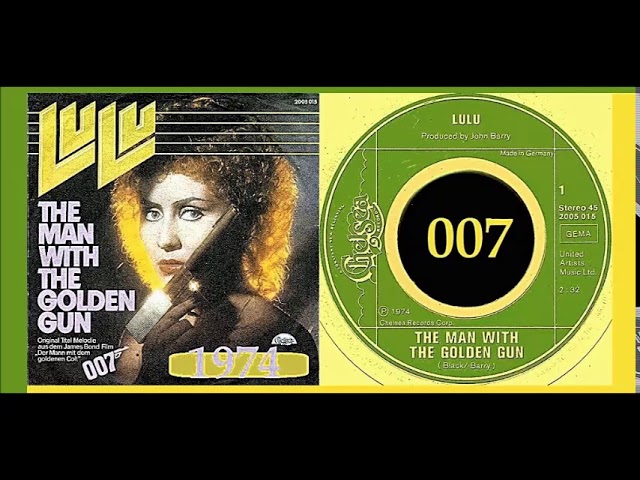 The Man with the Golden Gun - single
The Man with the Golden Gun - single
Not so the score, and it was a great pleasure to make its reacquaintance on this top-notch reissue. I had rarely listened to the score away from the film, largely because my OG UK pressing had an overly bright and reverberant sound quality. It was so bad I sometimes wondered whether someone had left some questionable eq or filtering in place when they were cutting the master for the LP.
All that has been put to rights on this reissue, and it means one is free to sit back and enjoy Barry’s welcome return to the franchise.
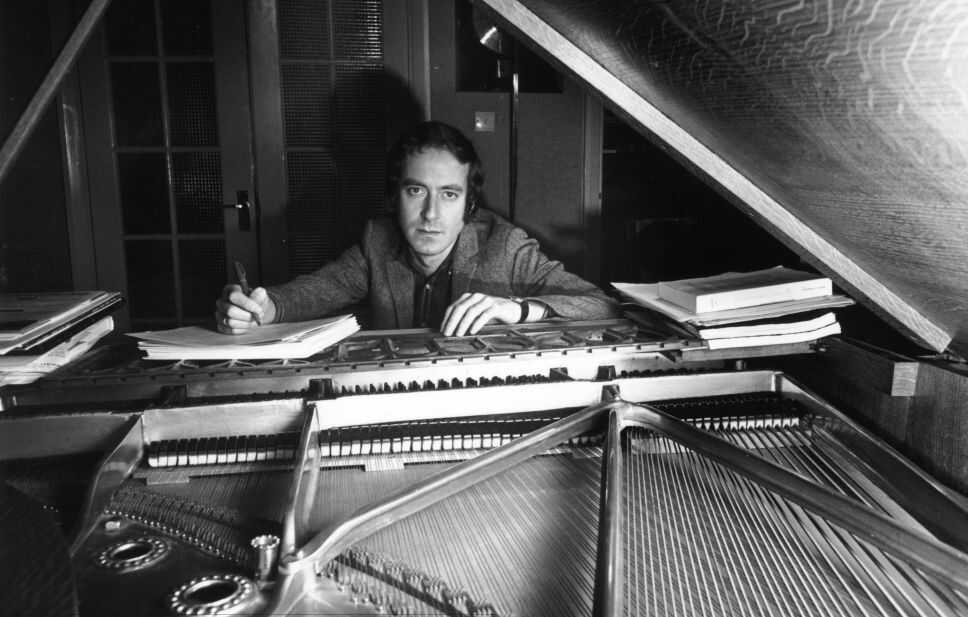 John Barry
John Barry
Highlights include “Getting the Bullet”, when Bond is attempting to reacquire a spent golden bullet from the navel of an amorous belly dancer - cue Barry’s telltale use of slinky, sexy saxophone solos. Inevitably there are various nods to “Oriental” musical tropes throughout the score, which narrowly avoid sounding too stereotyped because of Barry’s dexterity at weaving them seamlessly into the musical framework.
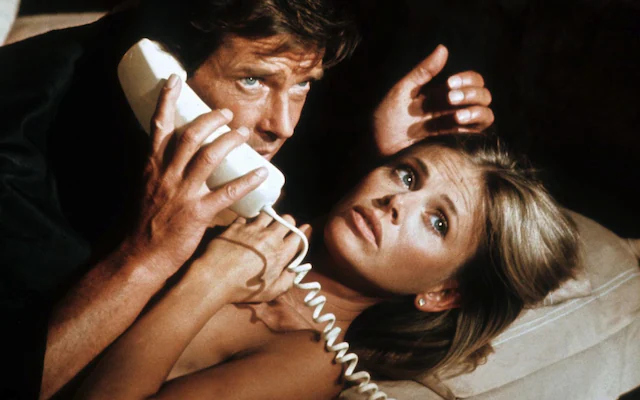 Bond (Roger Moore) briefing fellow agent Mary Goodnight (Britt Eckland)
Bond (Roger Moore) briefing fellow agent Mary Goodnight (Britt Eckland)
More musical seduction awaits in “Moments” and “Goodnight Goodnight”. Barry delivers one of his superlative travelogue cues in the sequence depicting Bond flying through the islands of Phang Nga Bay near Phuket to find Scaramanga’s island hideaway (“In Search of Scaramanga’s Island”), one of the most visually striking locations of any Bond film (and apparently quite miserable for cast and crew).
 Scaramanga's Island Hideout
Scaramanga's Island Hideout
Barry anticipates his score for Out of Africa (1985) with his lush rendering of the title theme; this is also heavily reminiscent of his music in You Only Live Twice (1967), whose cue “Mountains and Sunsets” remains one of my favorite things Barry has ever penned. This segues into a gradually more foreboding chordal sequence, building dramatic tension. (N.B. the audio is NOT from the new La-La Land release, and is noticeably inferior to the reissue).
As Bond pursues Scaramanga through his lethal Funhouse, we hear reprises of music from the opening of the film, but this time with added menace provided by shrill woodwind and steadily crescendoing string clusters, borrowing from the procedures of classical modernist Krzysztof Penderecki ("Threnody to the Victims of Hiroshima"). (Audio is again from an inferior source).
Throughout the score Hamilton asked Barry to underline some of the humor with musical “gags” - like when Bond tightens the thong on a Sumo wrestler who has him in a vice-like death grip: cue wah-wah trumpet. Yes it’s cute, but really? In a Bond film?
The worst example of this comes in the aforementioned car chase where Bond’s car does a corkscrew roll while it vaults airborne across a river. Barry accompanies this with a slide whistle which completely undermines the danger and thrill of this stunt.
 Composite photo of car stunt
Composite photo of car stunt
As Barry remarks in Burlingame’s book:
“Earlier on, I’d have played it for all it was worth as a really dangerous moment… I just took the liberty of poking fun at it. It made a mockery of Bond, looking back on it. Even Cubby [Broccoli] didn’t like that. But it was me getting to the end of it. If there were any cracks in the painting, as it were, they were starting to appear then…”
Neither song nor soundtrack album charted, a first for any Bond film, and this no doubt played into the decision to take the music in a different direction for the next chapter in the Bond franchise. With The Spy Who Loved Me (1977) Barry ceded musical point position to Marvin Hamlisch, the then hot composer of A Chorus Line.
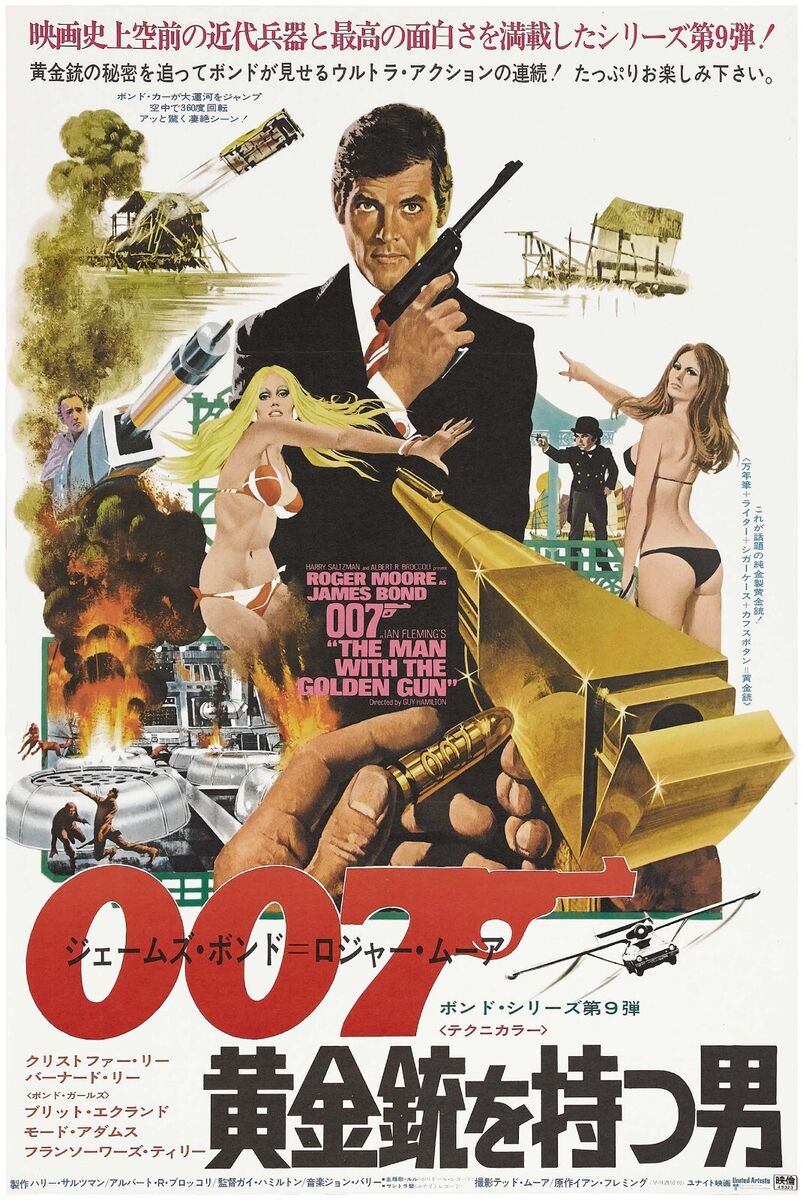 Original Japanese Poster
Original Japanese Poster
However, revisiting The Man with the Golden Gun in this now definitive version, I cannot help but think this is a score that has undeservedly slipped into the shadows. Barry’s invention and sure dramatic touch are everywhere on display, and he anchors the film in so many places where it really needs anchoring, to offset the more flippant tendencies of script and director. The final Funhouse sequence alone is a master class in how to score an action and suspense sequence.
In addition to the score presented sequentially on CD 1, and the original soundtrack LP sequence presented on CD 2, there are a number of fascinating extra tracks, well worth your attention. Add to that Jon Burlingame’s as always authoritative and entertaining notes, a host of beautiful photos, plus impeccable remixing by Chris Malone and remastering by Doug Schwartz, and you have a hidden gem that is not only an essential purchase for Barry and Bond completists, but a thoroughly engaging listen for the more casual film music fan. Reissue Producer Neil S. Bulk has once more delivered a definitive release.
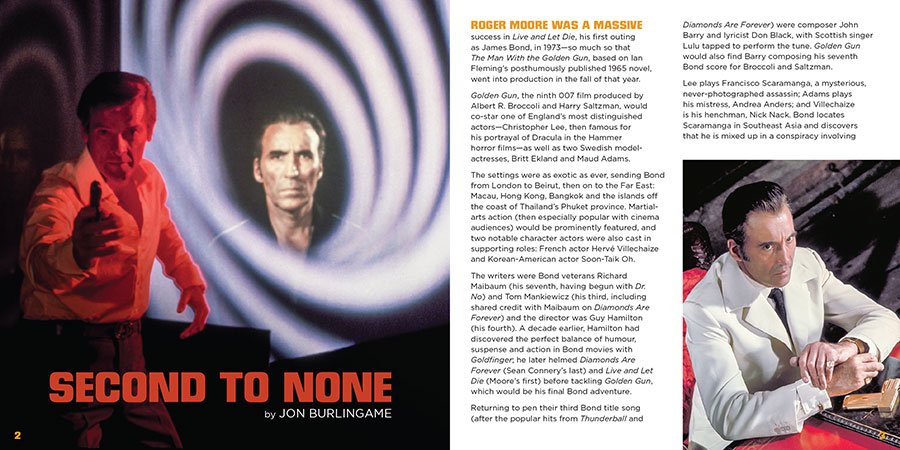
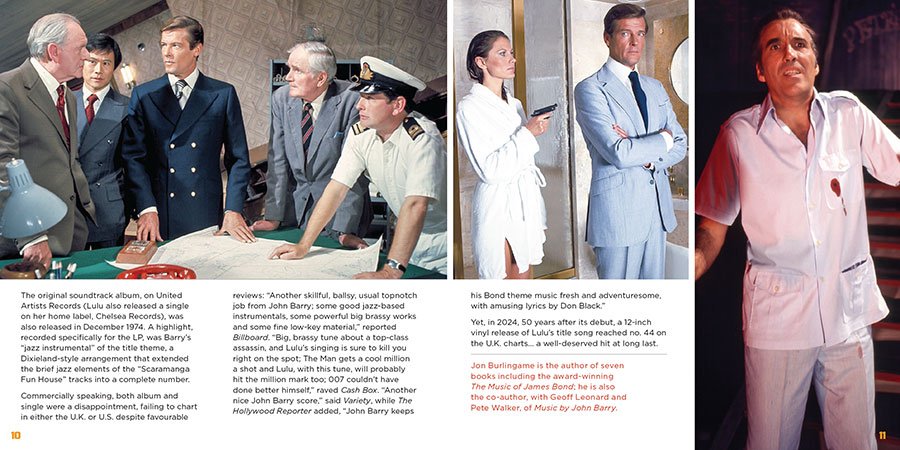 Pages from the included booklet, featuring the stellar Art Direction of Dan Goldwasser at Warm Butter Studios
Pages from the included booklet, featuring the stellar Art Direction of Dan Goldwasser at Warm Butter Studios
In short, it’s another winner from La-La Land Records.
And James Bond will Return - in LaLa Land's reissue of Moonraker...
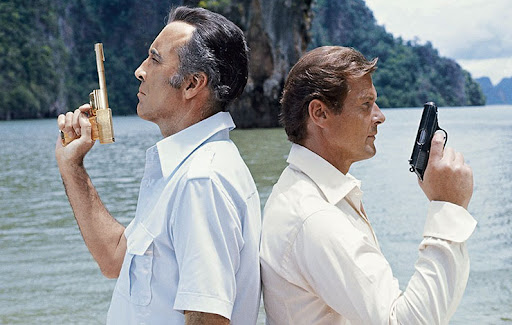
Limited to 5000 copies, this is available directly from La-La Land Records here. If the website lists it as out of stock, do not panic. More copies will be re-pressed. However, once the label nears the end of the run, subscribers to the site's email newsletter will be informed that this is the final series of copies to be pressed and printed.
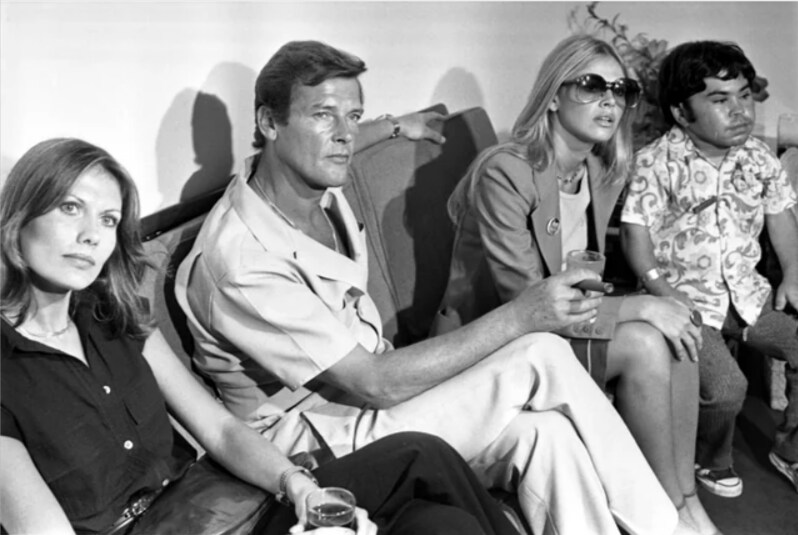 The Main Cast of The Man with the Golden Gun (minus Christopher Lee). From left to right: Maud Adams, Roger Moore, Britt Eckland, Herve Villechaize.
The Main Cast of The Man with the Golden Gun (minus Christopher Lee). From left to right: Maud Adams, Roger Moore, Britt Eckland, Herve Villechaize.



